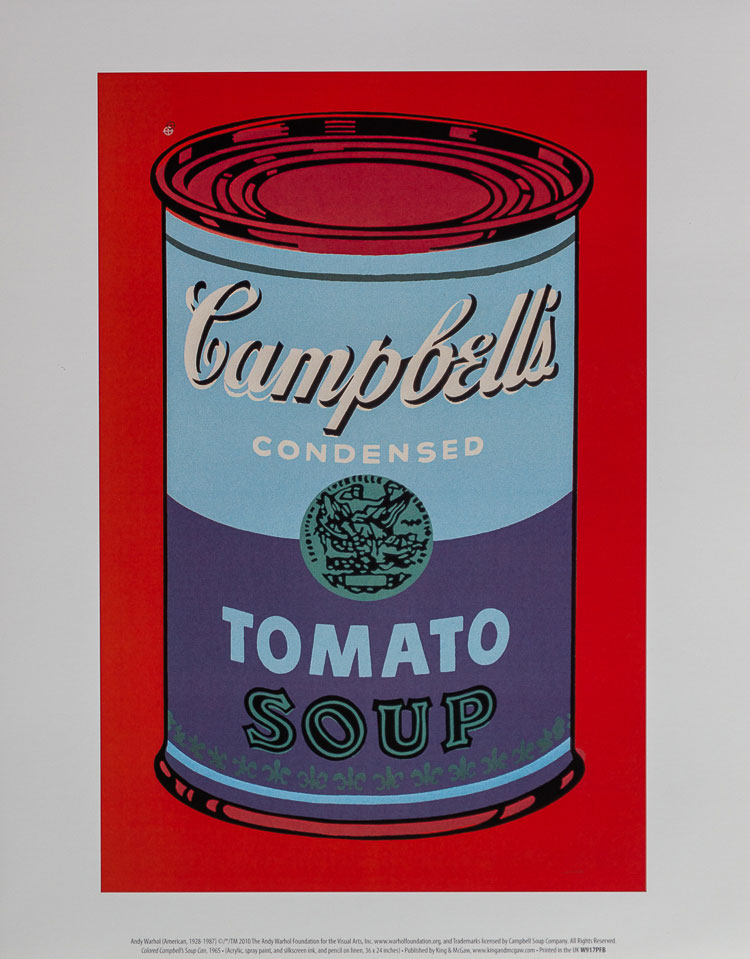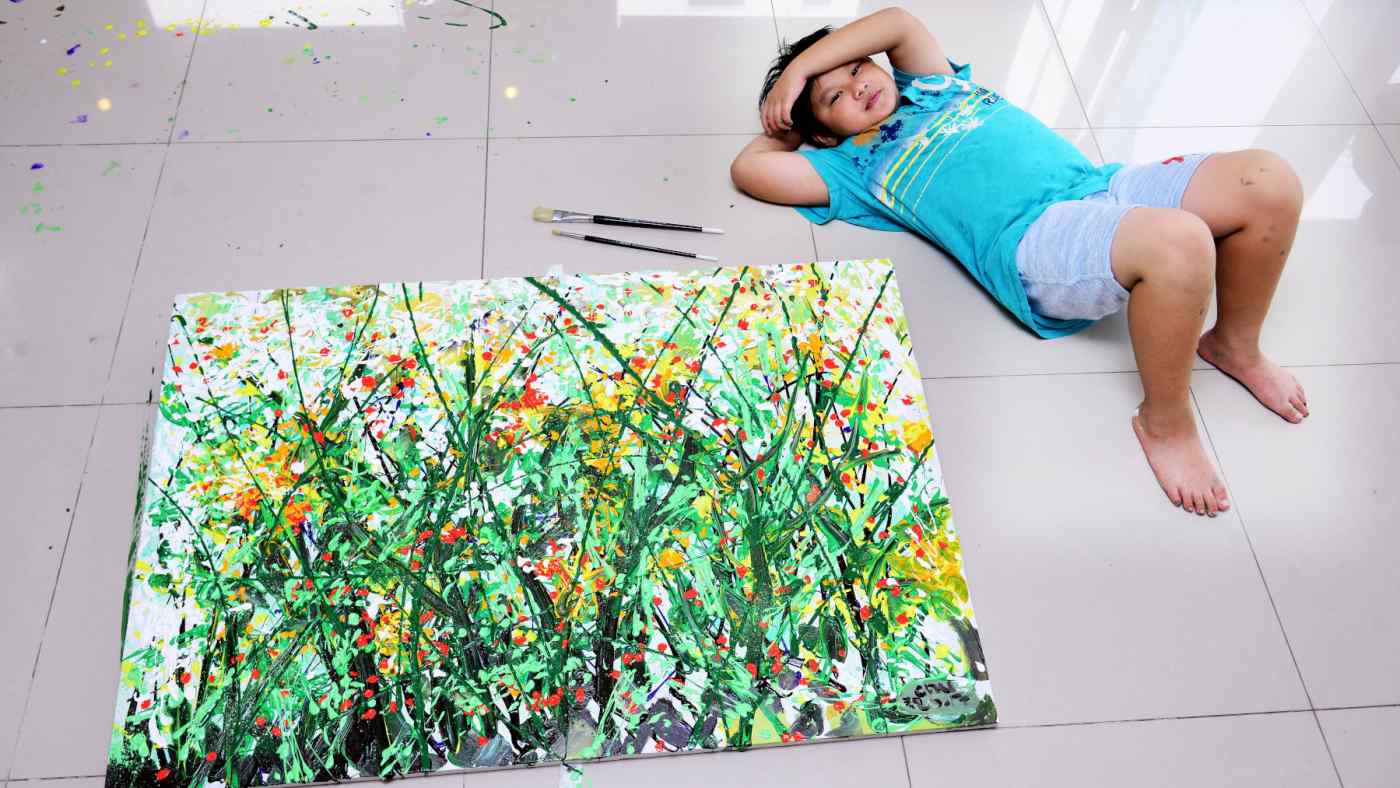
It's difficult to create fully-autonomous robots. The first examples of robots were automata, mechanical representations of animals, birds, and even people. The machines were usually created for entertainment by wealthy people. Despite the difficulties associated with their creation, automata are now becoming common in a variety of applications.
Future applications of robots
The United States has identified three major future applications for robots: clinical care, logistics, and reconnaissance. In recent years, robots have taken on additional roles in various contexts, such as the COVID-19 pandemic. But not all robots were able to adapt to this situation. During the pandemic technicians raced against their clocks to create robots that could fulfill vital tasks.
Future robot applications should be built with humans in mind. These robots should provide entertainment and educational functions, and be eco-friendly and recyclable. Robots are not something that people want around them. It is therefore important to maintain their security and privacy. Future applications should consider their role in helping patients with other conditions.

The quarantine facilities received robots that could measure temperature during the COVID-19 crisis in China. These robots were quickly deployed at hospitals and other quarantine sites as the disease spread. Afterward, the robots began entering everyday life. Some cities installed robots to monitor temperature levels. These robots' effectiveness in reducing pandemic outbreaks has been studied by scholars.
Robotic power sources
The most important decision in the development process is choosing a power source. It affects the working principle, circuit design, weight and size, safety, cost and environmental impact. As robots become more complicated, it is important to adapt the power source to meet these needs. There are many options.
Electrical power is an option that's very popular for powering robotics. This power source is both economical and convenient. It can also be used indoors. Unfortunately, electric power has a slow charge time and can be heavy for large systems. Therefore, it is not the best choice for all applications.
Solar power is another option to the battery-powered ones. You can make solar cells with many different materials. Many of these materials have the ability to be bent to give them flexibility. A second option is dye solar cell, which absorbs photoenergy by a photoelectrochemical procedure.

Robots can learn from their human counterparts
Learning capabilities of robots are critical to human-robot interactions. For a system to work properly, it must be able and willing to learn from mistakes made by users as well as user feedback. Researchers have established a new research unit called neuromorphic computation to develop such systems. This technique uses pulse coded software that is very similar to natural nerve cells in order to increase the robots' ability to learn. It also reduces energy use. In contrast, conventional computing involves physically separate storage and processor, which limits data transfer rates and increases energy consumption.
This group's goal is to develop robot systems that can interact with and learn from humans. Research in this area will focus on how robots perceive and interpret perceptual information, as well as 3D modeling of rigid and flexible objects. It will also be studying reinforcement learning methods and demonstration-based instruction methods.
FAQ
Is Tik Tok pop culture?
The answer is yes! This is not only for teenagers. These videos can be used by anyone to express their feelings, share life moments, and show support.
Over 200 million people are using the app daily around the world. Each day, the number of users grows by millions.
TikTok offers brands a unique opportunity to connect with consumers and establish meaningful relationships.
TikTok is also home many influencers, who have built large followings on the platform. These creators create original content to engage audiences all over the globe.
What are you waiting to do? Here are four options to help you take advantage this trend.
-
Create viral content
-
Engage Influencers
-
Use Visuals Effectively
-
Be creative with your audience
Who invented the word Pop Music?
Invented by Frank Zappa. Pop music was the name he used to describe his music.
He stated that he wanted music that was accessible to all. He called his music "pop music".
Zappa also invents the phrase "You'll know it's pop when ..."". It means that something is extremely popular if you have many people enjoying it. Michael Jackson's Thriller record is one of the most successful.
Zappa's definition of pop music is different from how it is now. Today, pop music includes all types of music. Back then, pop music was limited to certain types of music.
What can pop culture teach you?
Modern society places more emphasis on material possessions than other things. This is particularly true for young people. They spend hours each day staring at screens. They spend hours looking at screens, playing video games, and surfing the internet. All this distracts them and makes it difficult to focus on school work. This causes them to fail classes.
Everyone wants to fit in. That means being popular. Popularity hinges on having money, clothing, and other possessions. Some people do this by doing things that aren’t right.
Technology has made us dependent. Technology has given us access to all kinds of information. Unfortunately, not everything is accurate. False rumors are all over the Internet. These rumors quickly spread because people share them through social media. It's easy and quick to post something without verifying whether it is true.
People have lost their ability to think critically. They believe everything they read on the Internet. They believe what they read in magazines or on TV. They stop thinking for and about themselves. Instead, they follow others.
When we rely on others to tell us what's happening, we lose control over our lives. Pop culture teaches us that we can depend on others. This can make us lazy. While the truth is often out there, we don't always know it.
How do I use pop culture in my marketing strategy?
Understanding pop culture trends is key to understanding how to incorporate it into your marketing strategy.
Let's say, for instance, you wanted to promote a movie. What type of promotion could you offer?
You can create a trailer by using clips from your film. You could even find a clip that features one of your products or services and includes it in the video.
Maybe you could even make a parody using footage from other films.
You can use the movie's plotline as a basis for your promotional campaign, if you are promoting a product/service related to that film's theme. For instance, if the movie is set in outer space, you might want to advertise a product that helps astronauts stay healthy while traveling through space.
You could do promotions based upon the plotline of a business related to the movie's subject. If your company sells food products, you might offer customers free samples if they buy tickets to the movie.
What is popular culture in music?
Popular music culture is a dynamic phenomenon that can take many forms.
Popular music culture can be defined by its use certain types of music (e.g. rock, jazz) or lyrics. It also includes the impact of visual media such as television, fashion and advertising on artists' careers, as well as public perception.
It's also how fans interact and support their favorite artists.
Popular music culture has one element: the rise of "superstars", artists who have gained fame and fortune.
These legends transcend genres and are cultural icons. Their success has influenced popular music's evolution.
Other aspects of popular music culture include:
* The rise recording technology – from acoustic instruments up to electric guitarists and microphones.
* The inventions and use of the radio and record player;
* The birth of rock'n roll.
* The introductions of film and television;
* The introduction of MTV and VH1
* The creation of internet.
What examples of pop culture are there in 2020?
The music business is changing rapidly. In fact, this year we saw Billie Eilish (Post Malone) and Travis Scott reach number 1 in Billboard's Hot 100 chart. This was an incredible feat for any artist.
This is also true for streaming services. Spotify reported that it streamed more than 10 billion hours worth of audio content last fiscal year. It's 5x more than the content users were listening to five years ago.
This has led to a massive shift in how people consume media. People now spend most of their time-consuming content rather than creating it.
Everyone, from toddlers to seniors, has an access point to high-quality audio content. Anyone can record, edit, mix and release their music.
You don't have to go to school to learn classical instrumentation in order to play your favorite songs. It's easy to download an app and add your voice. Then upload the videos to YouTube.
Don't worry if your not interested in making music. You can always watch other people do it. There are countless channels dedicated to making videos of songs ranging from covers to parodies.
How can we avoid the dangers of pop culture?
First, it is important to recognize when pop-culture influences us. Then we need to make sure that we're not influenced by it. Here are ways to help you stay away from bad influences:
-
Avoid watching violent shows like Game Of Thrones.
-
Do not spend too much time on the Internet. Read books instead.
-
Pay less attention to television. Spend your free time on healthy activities.
-
Be cautious about what you write online. Remember that you can never delete comments once they've been posted.
-
Be sure to verify that the websites you visit have SSL encryption. Check them before you enter personal information.
-
Do not be compelled to do anything that could endanger your safety.
Talk to an adult about if you think you might be addicted to pop culture. You can call your local library or the National Center For Missing & Exploited Children (1-800-THE-LOST).
Statistics
- In 1987, US films captured 56% of the European film market. (socialsci.libretexts.org)
- Yet a Nielsen study shows they account for 42% of the country's most-watched content on streaming services. courtesy Nielsen (npr.org)
- According to Kathryn Sorrells (2013, pp. 142-144), there are several ways that we can become informed consumers of popular culture. (socialsci.libretexts.org)
- According to CNBC.com, “more than 70% of the film's revenue came from countries outside the US” (https://www.cnbc.com/2019/01/08/aqua...nal-sales.html, ret. 8/18/19). (socialsci.libretexts.org)
- For example, the term hater meaning someone who strongly undermines or criticizes others, often due to pathetic jealousy, likely emerged from hip hop culture, such as the term playa hateras, used by influential rapper Biggie Smalls as early as 1995. (simplicable.com)
External Links
How To
What is pop cultural in movies?
Popular Movies Culture is a collection of all things entertainment including books and magazines, newspapers, television programmes, websites, blogs social media, apps, games and more.
There are many types of movies: drama, horrors, comedy, action/adventure and fantasy. Science fiction, romance, thrillers, war, documentary, animated, and westerns.
Movie plots typically follow a predictable pattern of events that ends with a satisfying conclusion.
A movie's success will depend on how well it follows this formula.
Some common plot points include:
-
A protagonist who must overcome obstacles to achieve his/her goal;
-
An antagonist that opposes your protagonist throughout the film.
-
A moral dilemma that forces the protagonist to make a choice.
-
It's a twist ending that will change everything
If your story does not fit in one of these categories you might need to reevaluate or outline your idea before you write.
These questions are particularly important to consider:
-
How do I establish my setting?
-
What does my protagonist want?
-
Why should readers care about my story
-
Where is my life going?
-
Who is my main protagonist?
-
Will there be any conflict?
-
What is its climax?
-
What is your resolution?
-
Is it happy or sad that the ending is here?
-
Do I have to introduce new characters
-
Does my story feature multiple settings?
-
Are there subplots available?
-
Are there any major themes?
-
Can I tell a complete story within just one chapter?
-
Are I effectively using dialogue?
-
Is my language clear and concise?
-
Is my vocabulary appropriate to the context?
-
Do I use active voice or passive voice?
-
Are there spelling mistakes?
-
Is my grammar correct?
-
Are there too many adverbs
-
Is there anything else I could improve?
-
After I finish editing, what's my first impression?
It is your job to not only write a great book, but also to publish it.